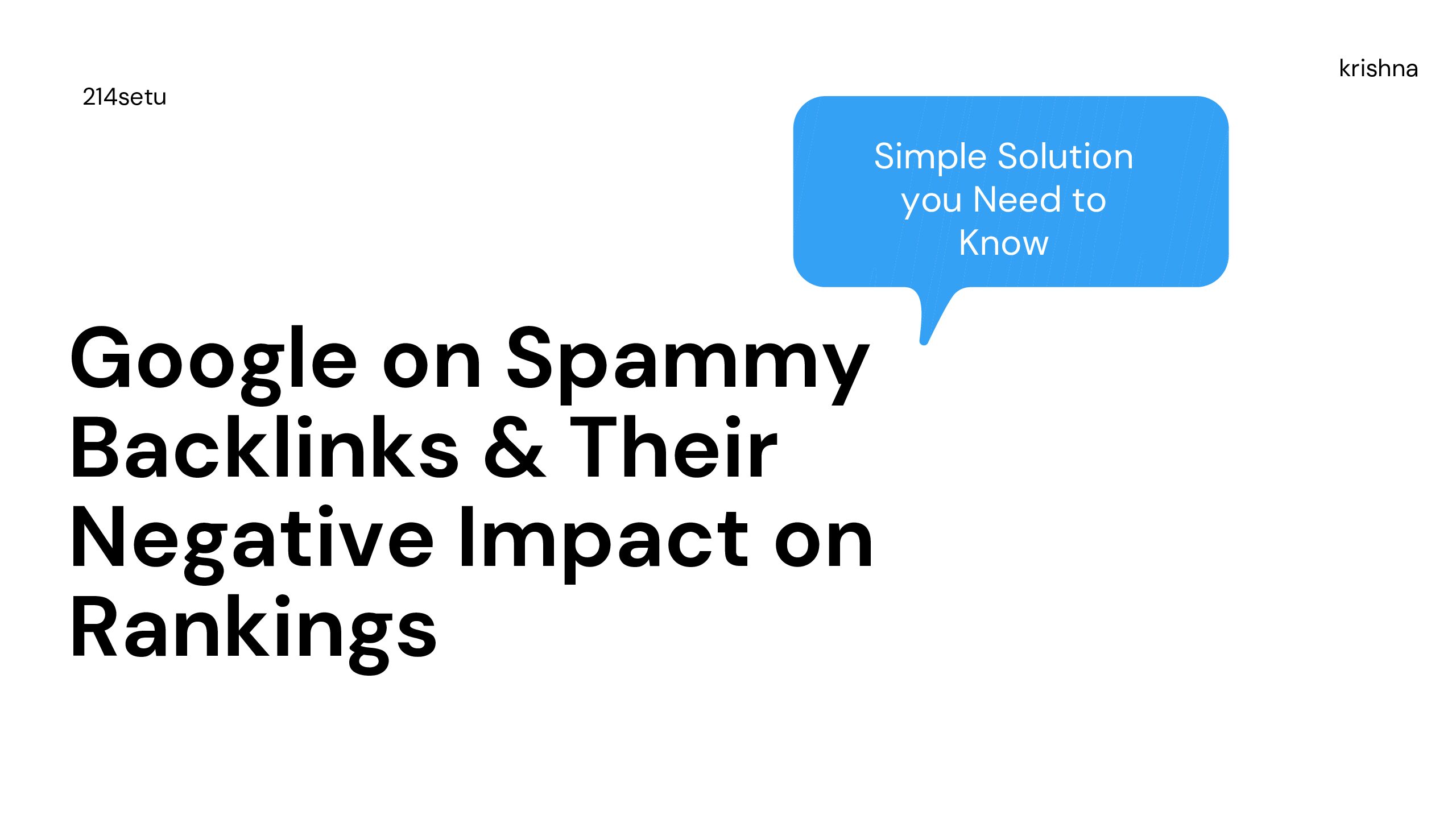
In the vast digital ecosystem, backlinks are like the roads that connect cities to the bustling metropolis that is your website. Just as well-maintained highways facilitate smooth travel and commerce, high-quality backlinks boost your site’s SEO and guide traffic to your digital doorstep. However, not all roads are paved with good intentions. Enter the world of spammy backlinks, the rough, unkept pathways that can lead your site into the bad neighborhoods of the internet, potentially tanking your search engine rankings. Let’s dive into Google’s perspective on these low-quality links and uncover strategies to protect your site’s SEO integrity.
Google’s Stance on Spammy Backlinks
Google’s algorithm has evolved significantly since its inception, becoming increasingly sophisticated in identifying and penalizing manipulative link-building practices. The search giant’s objective is clear: to ensure that the quality and relevance of backlinks reflect the genuine authority and usefulness of a website. Spammy backlinks, which are often characterized by low relevance, poor quality, or manipulative intent, are seen by Google as attempts to game the system.
The Impact on Rankings
When Google’s crawlers detect a pattern of spammy backlinks pointing to your site, it can trigger red flags, leading to a range of negative consequences:
- Penalties: In severe cases, your site may incur manual penalties, significantly reducing its visibility in search results.
- Loss of Trust: Accumulating a high volume of low-quality links can erode Google’s trust in your site, making it harder to rank well even for less competitive keywords.
- Decreased Traffic: As your rankings drop, so too will your site’s organic traffic, impacting your potential for conversions and revenue.
Understanding the risks, how can you steer clear of these problematic links and safeguard your site’s SEO?
How to Identify and Remove Spammy Backlinks
Regular monitoring and maintenance of your site’s backlink profile are crucial. Here’s how to keep things in check:
Conduct Regular Backlink Audits
Use tools like Google Search Console, Ahrefs, or Moz’s Link Explorer to analyze your backlink profile. Look for signs of spammy links, such as:
- Links from irrelevant or low-quality sites
- Links with over-optimized anchor text
- Links from sites known for link spamming
Disavow Toxic Links
For links that you can’t manually remove by reaching out to the site owners, Google’s Disavow Tool comes in handy. This tool allows you to tell Google which links to ignore when assessing your site, essentially cutting off the bad roads that lead to your digital city.
Focus on Building High-Quality Links
The best defense against the impact of spammy backlinks is a strong offense of earning high-quality, relevant links. Focus on content creation, guest blogging on reputable sites, and engaging with your industry community to attract natural backlinks.
Combining Proactive and Reactive Strategies
Protecting your site from the negative impact of spammy backlinks requires a two-pronged approach: proactive vigilance and reactive measures. By regularly auditing your backlink profile, engaging in ethical link-building practices, and using tools like Google’s Disavow Tool when necessary, you can maintain the integrity of your site’s SEO and ensure that your digital roads lead to success.
Conclusion: Navigating the World of Backlinks with Care
In the realm of SEO, backlinks will always play a crucial role in determining your site’s ranking and visibility. By understanding Google’s stance on spammy backlinks and implementing strategies to mitigate their impact, you can safeguard your site’s reputation and ensure it remains a thriving metropolis in the digital landscape. Remember, in the world of SEO, quality often trumps quantity, and building a network of high-quality, relevant backlinks is key to your site’s long-term success.9 Types of Free Backlinks You Need to Know for SEO

